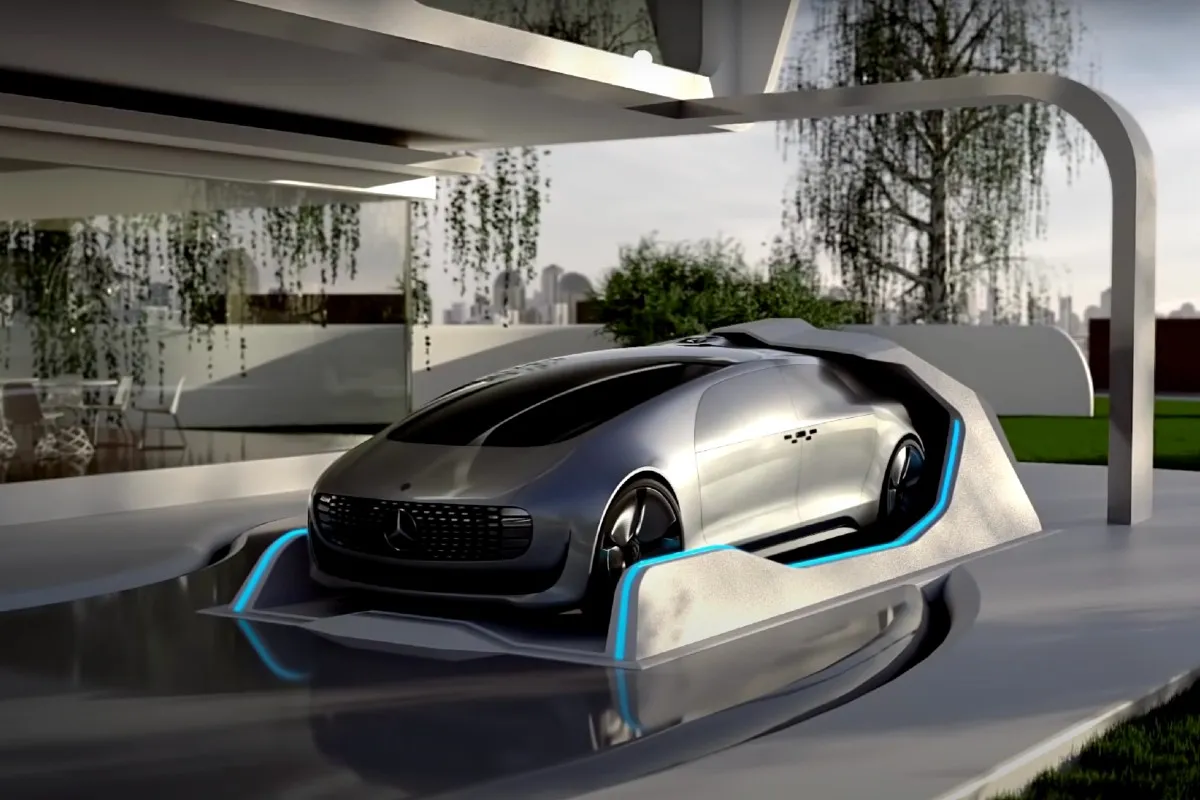
Looking ahead in terms of transportation, Elon Musk is striving to lead the way with his enigmatic project known as Project Omega. At its core, Project Omega appears to center around a groundbreaking new electric vehicle. Among the features Musk has hinted at will be the new model’s range, performance, and autonomy. Solar and storage products from Tesla Energy are rumored to be integrated into the vehicle ecosystem. Owners may be able to power their vehicles predominantly on solar energy produced and stored at their homes. Besides supercharging stations, Tesla is believed to be developing charging stations with speeds above 1,000 mph. If this were to be implemented, charging would not be required and long-distance travel would be convenient and hassle-free.
SpaceX’s Starlink satellite network may also provide connectivity for Project Omega vehicles. Leaked photos show Starlink antennae mounted on test vehicles. All of this points to advanced communication abilities including over-the-air software updates. Musk has even mentioned Starlink could enable vehicle-to-vehicle and vehicle-to-grid capabilities. While concrete details are few, Project Omega has massive implications for the future of transportation. The integrated EV ecosystem Musk envisions would accelerate the world’s transition to sustainable energy. Consumers could adopt zero-emission transportation powered by their affordable solar energy. A revamped Supercharger network with ultra-fast charging speeds solves range anxiety issues associated with EVs.
Autonomous functionality, perhaps linked to Neuralink’s brain-machine interface technology, would also be game-changing. Self-driving vehicles that charge themselves provide ultimate convenience and efficiency. Musk has mused that neural chips could even enable vehicle-to-human connectivity for next-level user experiences. Project Omega’s impact likely goes beyond personal vehicles. Musk’s Boring Company and Hyperloop development could interface for high-speed public transit options. Vast underground tunnel networks may supplement roads in urban areas. Super-fast hyperloop systems could connect cities. Transportation from door to door would be possible through integration with Project Omega’s autonomous EV platform.
Beyond personal transportation, Project Omega could integrate public transit, freight, and logistics. Autonomous EV ridesharing could provide affordable, on-demand urban mobility. Interfaces with hyperloop networks would enable rapid intercity travel, replacing short-haul flights. Self-driving EV trucks could overhaul ground shipping with lower costs and emissions. Project Omega may also disrupt aviation. Electric vertical takeoff and landing (VTOL) aircraft, like those being developed by Joby Aviation in which Toyota invested $394 million, could integrate. With quick, emissions-free transportation for small groups, these air taxis could connect to Project Omega’s ground transit networks.
While many details are still under wraps, Project Omega represents an inspiring vision for the future. It tackles sustainable transportation across the board – how we power vehicles, fuel them, charge them, and how we pilot them to their destinations. Many would bet against Musk’s ability to deliver on this project given his track record of achieving even his most ambitious goals. The world already runs on Musk’s innovations in electric vehicles, renewable energy, rockets, and beyond. Now, a new prediction about Elon Musk set his sights on accelerating that progress even further with Project Omega. Sustainability and convenience will reach new heights if Musk achieves his aims with this mystifying new endeavor.

